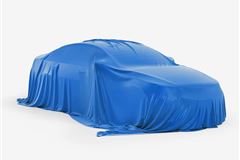October 2014
BMW X6 revealed
The ultra-high performance with exceptional fuel efficiency that characterises every car from BMW’s sporty M division is once more fused with all-roads, all-weathers capability with the introduction of the second-generation X5 M and X6 M. Compared to the 2009 models which they succeed, they bring improvements of up to 10 per cent in power, torque and performance while lowering fuel consumption and CO2 emissions by over 20 per cent.
Both models are powered by a new 4.4-litre M TwinPower Turbo V8 engine with two TwinScroll turbochargers. With outputs of 575 hp and 750 Nm, it is the most powerful engine ever developed by BMW for four-wheel-drive vehicles. It is linked to a newly developed eight-speed M Steptronic automatic transmission now featuring Drivelogic. The cars’ outstanding driving dynamics benefit from specific tuning by BMW M, while their bespoke interior and exterior designs blend sportiness, luxury and functionality.
| Model |
Power
Hp |
Torque Nm |
0 – 62mph Seconds |
Top Speed Mph |
Combined Mpg |
CO2 Emissions g/km |
| BMW X5 M |
575 |
750 |
4.2 |
155* |
25.4 |
258 |
| BMW X6 M |
575 |
750 |
4.2 |
155* |
25.4 |
258 |
| * Electronically limited |
The bare figures for the new BMW 4.4-litre V8 engine in the X5 M and X6 M are impressive enough in themselves, but they tell only half the story. This new power unit develops its maximum 575 hp – four per cent more than the engine in the previous models – from 6,000 to 6,500 rpm, while peak torque of 750 Nm (a gain of 10 per cent) is available from 2,200 to 5,000 rpm. This combination of high-revving capability with linear, rapid response is thanks to the engine’s innovative M TwinPower Turbo technologies, which include cross-bank exhaust manifolds, two TwinScroll turbochargers, direct fuel injection working at a pressure of up to 200 bar and VALVETRONIC variable valve control.
These technologies, in combination with the newly developed eight-speed M Steptronic transmission with Drivelogic, ensure performance more than meets the expectations of a car from BMW M while at the same time demonstrating exceptional fuel efficiency. The X5 M and X6 M accelerate from 0-62 mph in a supercar-equalling 4.2 seconds, but in normal road driving they are capable of 25.4 mpg, with CO2 emissions of 258 g/km – reductions of over 20 per cent compared to the previous models.
The cross-bank exhaust manifold sends two converged streams of exhaust gas to the TwinScroll turbochargers through four separate exhaust ducts. The engine features an extremely rigid closed-deck crankcase which permits the high fuel injection pressures necessary for it to achieve its impressive power output. A lightweight, torsionally stiff forged crankshaft with low rotating masses helps to sharpen the engine’s responses.
Every model from BMW M has to be passed as ‘fit for the Nordschleife’. The extreme lateral and longitudinal acceleration put upon cars when lapping the Nurburgring places high demands on an engine’s oil supply, but sophisticated sump and suction snorkel geometry ensures that the X5 M and X6 M can generate up to 1.2 g without problems. Meanwhile, a combination of low- and high-temperature radiators ensures optimum cooling for the engine coolant, charge air and engine and transmission oil. Electronically controlled flaps within the exhaust system help to provide a riche sporty soundtrack.
The eight-speed M Steptronic transmission with Drivelogic delivers all the advantages in terms of responsiveness of the M Double Clutch gearbox in other BMW M models, with the smoothness of a torque converter automatic. It also allows for a wider spread of gear ratios to foster greater fuel efficiency, and for the first time in a torque converter automatic it permits ‘creep on demand’ through the Low Speed Assistant system. The Drivelogic function allows the driver to prioritise fuel economy, comfort or sports performance, while gear changing can be fully automatic or driver-controlled via paddles on the steering wheel. A Launch Control function is fitted to permit perfect standing starts.
The xDrive four-wheel-drive system is fully flexible in the way it distributes torque to each axle, to ensure maximum traction on all roads and in all weathers. Normally the bias is towards the rear to give the X5 M and X6 M maximum agility, but when the occasion demands, 100 per cent of engine torque can be sent to either axle.
BMW created the Sports Activity Vehicle sector with the original X5 and X6, and the new M models are once again the ultimate expression of the genre. They now deliver improved cornering force through revisions to the upper front wishbones, which have increased camber, camber progression and steering pivot axis, while directional stability has been increased thanks to revised elastokinematics with more rigid bearings. The X5 M and X6 M feature firmer suspension tuning than other X5 and X6 models, a 10 mm lower ride height, Dynamic Drive active roll stabilisation and self-levelling air suspension at the rear. Dynamic Performance Control with COMFORT, SPORT and SPORT+ modes allows the driver to personalise the suspension settings at the touch of a button.
Both models feature specially developed mixed tyres to ensure the maximum steering precision and feedback, traction and lateral and directional stability. They are fitted as standard with Pirelli P Zero tyres (285/40 R 20 Y at the front and 325/35 R 20 Y at the rear) on 20-inch light-alloy rims, but 21-inch wheels with Michelin Pilot Super Sport UHP tyres (285/35 R 21 Y front; 325/30 R 21 Y rear) are optionally available.
The steering is an electronically assisted rack and pinion M Servotronic system with M-specific gearing and tuning. Compared to a conventional hydraulic steering set-up, it reduces fuel consumption by 0.3 litres per 100 kilometres (62 miles). As with the suspension, drivers can opt for COMFORT, SPORT and SPORT+ settings. The high-performance brakes have been hones in motor sport and feature six-piston fixed callipers at the front, single-piston floating callipers at the rear and 50 per cent larger brake linings than those in the previous models. Weight has been reduced by 1.6 kg, helping to reduce unsprung masses. The brake callipers are painted in Dark Blue metallic.
The new four-wheel-drive M models now feature an optimised DSC (Dynamic Stability Control) system which permits an even more dynamic driving style and includes the additional safety functions Brake Standby, Brake Drying, Fading Compensation and Start-Off Assistant. DSC now allows three driving modes – DSC on, in which case the electronic systems provide maximum help to maintain stability; M Dynamic Mode (MDM), which allows some mild drifting before the electronics come to the driver’s assistance; and DSC off, which intervenes only in the most extreme circumstances.
The exterior design of the new BMW X5 M and X6 M is purely function-led. The four large air intakes and flaps at the front and the diffuser at the rear perform essential cooling and aerodynamic functions, for example, and the same is true of the M-specific Air Breathers behind the front wheels, which reduce turbulence in the front wheel arches. Airflow around the cars is so well managed that both drag and lift are minimised.
From the front, the two cars are identical, but as they stretch backwards the X5 M demonstrates its sporting practicality and versatility while the X6 M has the flowing lines of a high-performance sports coupé. Both have the raised seating position typical of a BMW X model. The headlights with integrated washer system are borrowed from the BMW X6, while special flaps in the outer front air intakes – adapted from those on racing cars – reduce lift. Both cars have twin-stalk exterior door mirrors with integral indicators. At the rear, there are body-coloured M aprons and a distinctive four-tailpipe exhaust – another M hallmark. The X6 M has a spoiler to reduce rear-axle lift.
The interiors exude sporting luxury. There is an M leather steering wheel with gearshift paddles, an M gearshift lever, an M Drive menu in the information display and M Drive buttons on the steering wheel. The M front sports seats, like the rest of the upholstery, are trimmed in fine-grain Merino leather with contrast stitching, and there are embossed M logos. Door sill strips with model lettering, aluminium interior trim strips and an anthracite-coloured roof liner from BMW Individual add further touches of sporting exclusivity.
Standard features include Adaptive Dynamic suspension, Adaptive M suspension, Cruise Control with brake function, Driving Assistant, Dynamic Stability Control Plus (ABS, ASC, brake drying, brake fade compensation, brake pre-tensioning, Cornering Brake Contol, Dynamic Brake Control, Dynamic Traction Control, Electronic Brake-force Distribution and Hill-start Assistant), Hill Descent Control, front and rear Park Distance Control and a rain sensor with automatic headlight control.
There are 40:20:40 split folding rear seats, electric driver’s seat adjustment with memory, heated front seats, downlights in the exterior door handles, High-gloss Shadowline exterior trim (including the roof rails on the X5 M), metallic paint, a split tailgate with a powered upper section (for the X5 M), two-zone automatic air conditioning, front and rear cup holders and courtesy lights, all-round electric windows with comfort closing, velour floor mats, footwell lights (LED in the front), a leather-trimmed instrument panel, Aluminium Trace interior trim with Pearl Grey Chrome finishers, a retractable and removable luggage cover, four 12-volt power sockets, electric steering wheel adjustment, green window tinting and an engine start/stop button.
Infotainment is provided by the BMW Professional DAB radio with a single CD player. There is also a 20GB hard disc drive and a socket for connecting auxiliary devices. Both cars are also supplied with Enhanced Bluetooth featuring Voice Control, BMW ConnectedDrive services (Apps interface, Emergency Call, Online Services, TeleServices, Information Plus, Real Time Traffic Information and Remote Services), an M-specific Head- up Display, BMW Professional Multimedia Navigation and an On-Board Computer.

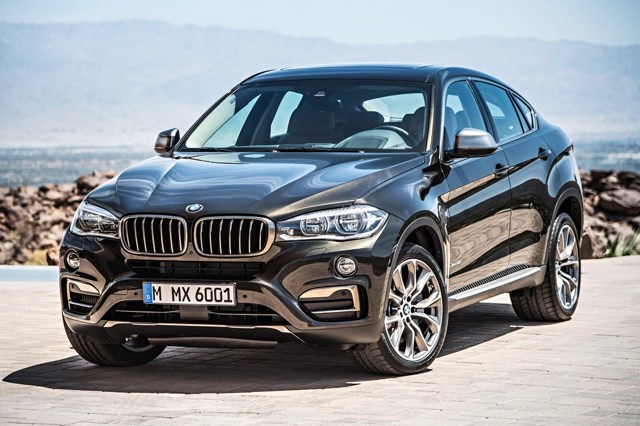
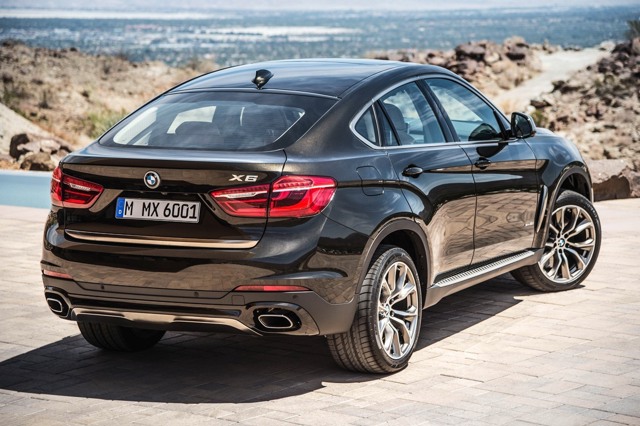
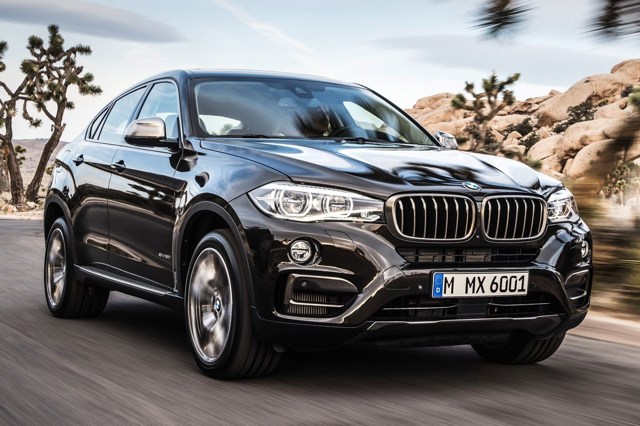
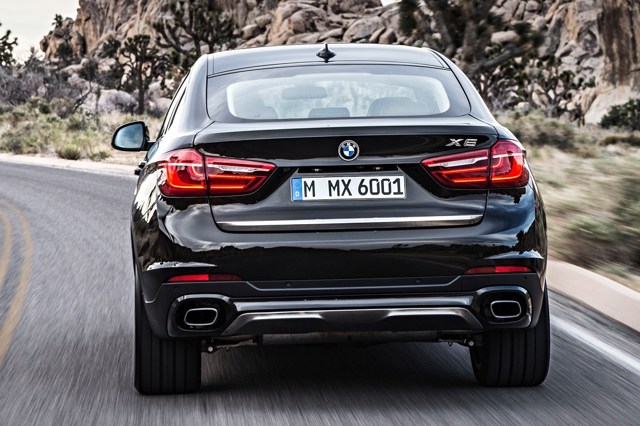
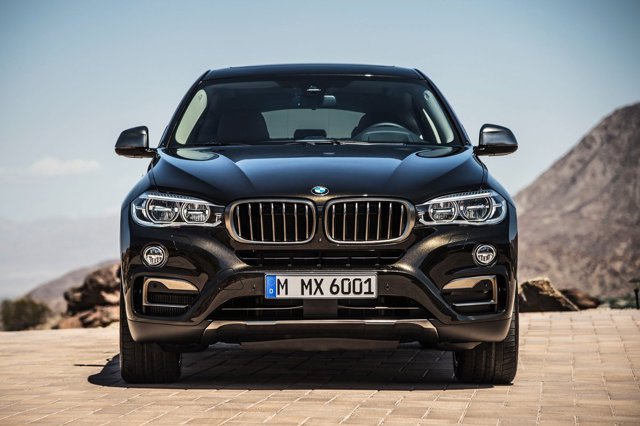
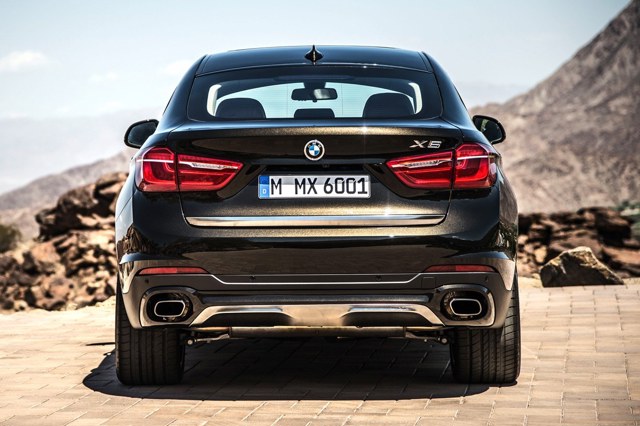
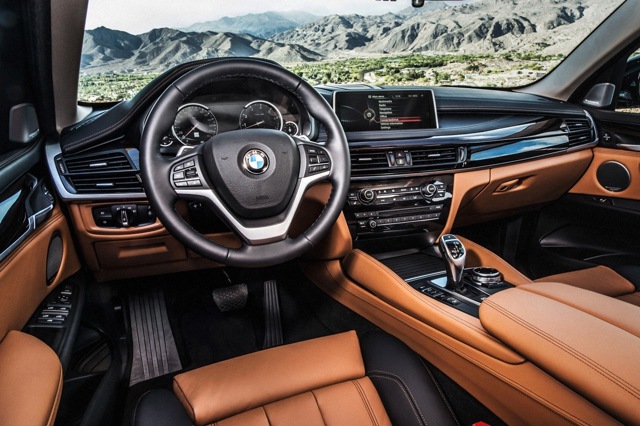


 Bold looks. Surprisingly enjoyable to drive. Wide engine choice.
Bold looks. Surprisingly enjoyable to drive. Wide engine choice.
 Not as useful as a BMW X5. Porsche Cayenne is sharper to drive. Divisive image.
Not as useful as a BMW X5. Porsche Cayenne is sharper to drive. Divisive image.
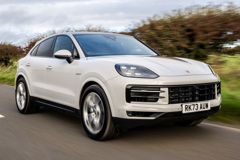

.jpg?width=240&height=160&rmode=crop)

.jpg?width=240&height=160&rmode=crop)



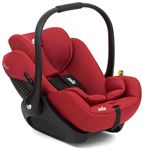
 What is your car like to live with?
What is your car like to live with?


